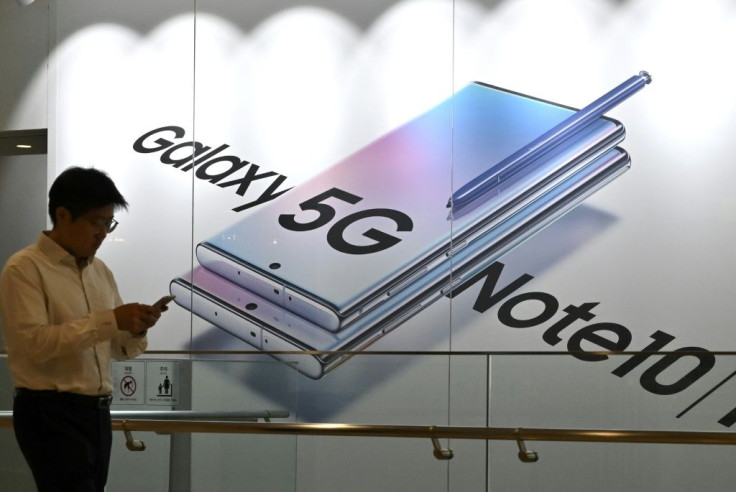Smartphone Sales See Modest Rebound After Two-year Slump: Survey

Global smartphone sales increased modestly in the third quarter, the first growth for the segment after a two-year slump, a market tracker said.
Data from Strategy Analytics late Wednesday showed handset shipments up two percent from a year earlier at 366 million units, the first rise since the third quarter of 2017.
South Korean-based Samsung remained the top vendor and China's Huawei held its number two spot despite US sanctions, ahead of third-place Apple, the research group said.
"Worldwide demand for smartphones is recovering, due to strong pricing competition among vendors and new innovations such as larger screens and 5G connectivity," said Linda Sui, an analyst with the group.
Samsung extended its lead in the market by boosting sales by eight percent in the quarter to 78 million units, representing a 21.3 percent share.
Huawei was the biggest surprise, showing a gain of 29 percent with 66 million units sold, giving it an 18.2 percent market share despite sanctions imposed by Washington that could make it harder to obtain key technology and components.
The Chinese firm, which launched its latest high-end smartphone in September without popular Google apps, picked up gains in its home market, according to Strategy Analytics.
It said Huawei's gains were largely in its home market.
The report said Apple's sales of iPhones fell three percent from a year ago to 45.6 million units, giving it 12.4 percent of the market.
Apple, which released its quarterly update Wednesday, did not disclose iPhone unit sales but said revenue from its iPhones was down nine percent.
"Despite the slight decline, this was actually Apple's best growth performance since last year," said analyst Woody Oh.
"We believe Apple is stabilizing, due to cheaper iPhone 11 pricing and healthier demand across Asia and the United States."
The report showed China-based Xiaomi maintaining fourth place with a nine percent market share, followed by another Chinese firm Oppo, at eight percent.
Other unspecified vendors captured the remaining 31 percent of the market, according to the report.
© Copyright AFP 2024. All rights reserved.




















